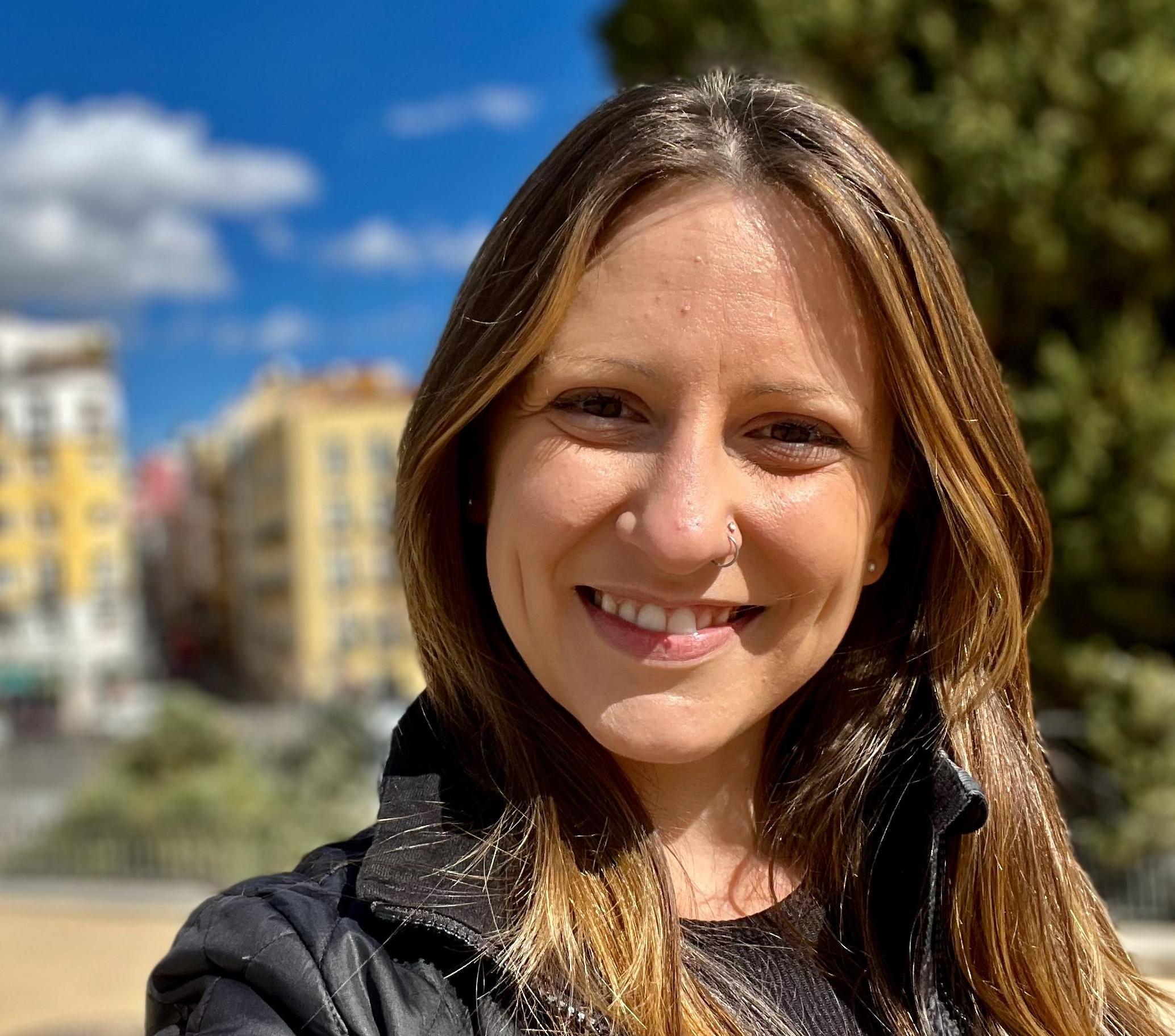UP TO THE MINUTE
Fire-rated solutions for the Wildland Urban Interface
August 9, 2025 at 9:00 a.m.By Dani Sheehan.
Learn how Pli-Dek and fire-rated systems can help you confidently tackle WUI projects.
Fire seasons continue to grow more intense, and as urban development edges closer to wildlands, fire-rated solutions are essential to protecting the built environment. In a recent episode of CoatingsCast®, Megan Ellsworth sits down with Adrienne Malek, VP of product management for cementitious coatings for Pli-Dek, and Jan Bagnall, the inventor of Pli-Dek, to unpack how contractors can rise to meet increasingly strict fire codes in Wildland Urban Interface (WUI) zones.
Understanding WUI zones and what’s ahead
“Wildland Urban Interface, it’s where our residential and commercial communities hit natural reserves, forested areas, et cetera,” shares Adrienne. “It’s the interface between nature and man.”
As populations grow and more people choose to live outside of city centers, closer to nature and even off the grid, new homes and buildings are being constructed in areas increasingly vulnerable to wildfires. Adrienne explains that this shift, paired with more destructive fire seasons, has led to changes in California: “So, they have created a map that has now been in existence for a while that rates the severity of the fire zones based on an address, but based on what took place in January of this year and the horrific fires that happened in LA county and the Palisades, Governor Newsom is now expanding these zones.”
With the expansion of WUI maps in California and adoption in other states on the horizon, contractors must stay ahead of changing regulations. Adrienne continues, “It's not just, ‘Do you back up to a forest?’ It also is related to weather concerns or issues. What is the severity of the wind that comes through your area? So, if the fire sparks, how bad could this be for you? Things of that nature also are all taken into consideration when they're planning these fire zones.”
Evolving fire standards
When Jan launched Pli-Dek in 1979, fire testing wasn’t nearly as comprehensive as it is today. He recalled the two main ASTM tests required at the time – ASTM E119, which measures fire resistance from below the deck, and ASTM E108, which evaluates top-down exposure including a burning brand test. “For years we’ve had that rating, which was the top of the food chain,” Jan shares.
That foundation proved critical when California introduced even more stringent testing under WUI standards in 2012. “We’ve had [the WUI] rating for 13 years now,” Jan says. “Pli-Dek has always been the pioneer in making sure testing is done right and giving it to the architects to make sure they’re covered.”
As fire codes continue to tighten, Adrienne believes the industry will trend toward more non-combustible solutions. “Why not take the road of least resistance?” she asks. “Anything that doesn't even meet the basic criteria of a Class A or one-hour rating should never be allowed. Even in moderate-risk areas, contractors should be building to meet WUI standards.”
Jan adds that doing the right thing now, both for safety and code compliance, benefits everyone, from architects and consultants to contractors and homeowners. He shared, “We're trying to make it good for everybody, not just for Pli-Dek, but for safety, and for the building departments and the builders.”
Read the transcript, Listen to the podcast or Watch the webinar to learn more about successfully adapting for WUI projects.
Learn more about Pli-Dek in their Coffee Shop Directory or visit www.Pli-Dek.com.

About Dani
Dani is a writer for The Coffee Shops and AskARoofer™. When she's not writing or researching, she's teaching yoga classes or exploring new hiking trails.





















Comments
Leave a Reply
Have an account? Login to leave a comment!
Sign In